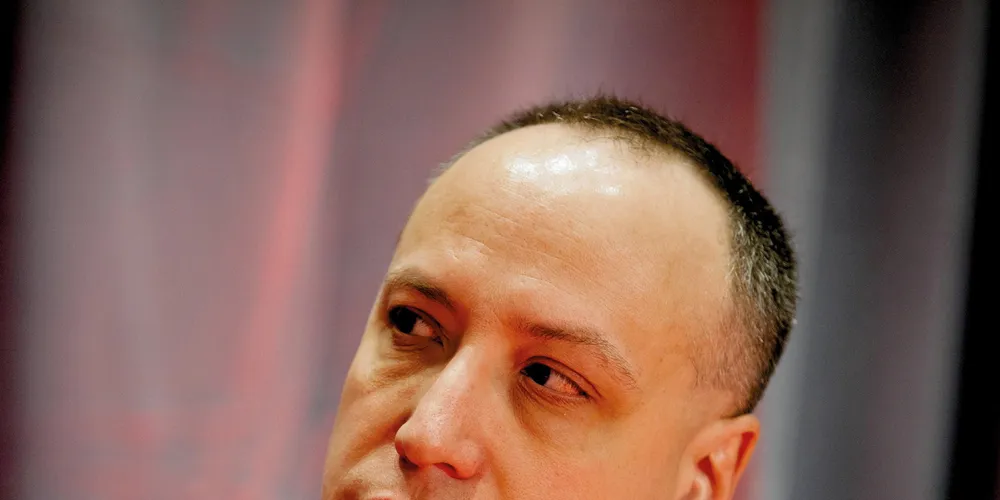US Wind chief likes Maryland 'urgency' as big offshore goals help soothe inflation pain
Raising development goals and landmark climate legislation crucial in era of surging costs, according to sector pioneer Jeff Grybowski

Maryland’s newly raised offshore wind target of 8.5GW not only returns the state to its leading role in the US but will enable long term cost reductions as the sector continues to struggle with high inflation, said Jeff Grybowski, CEO of developer US Wind.
The new targets return the former sector leader to the ranks of market pacesetters New Jersey, with an 11GW goal, and New York, with 9GW.
US Wind is developing two projects totalling over 1GW for the state and is a major investor into the local supply chain through its Sparrows Point Steel monopile and tower manufacturing facility.
More importantly, though, Maryland's proposed new target drives expansion of the overall US offshore wind sector that will be critical to long term cost reductions and supply chain investment. “The way you get to lower costs is build projects, get to scale,” he said.
The US industry has seen a surge of interest and investment since Grybowski helped pioneer the nation’s first array at Block Island in Rhode Island in 2016.
In 2021 President Joe Biden set an ambitious 30GW by 2030 national goal that turbocharged the domestic sector. From an initial 42MW of installed capacity, the US will shortly see two projects put steel in the water while states have set targets totalling 77GW.
More recently, though, it has faced a series of headwinds from 40-year high inflation and surging interest rates that have spiked costs and jeopardised certain projects.
“How many times have folks in the industry of last 10 years talked about the declining costs of offshore wind up? We don't really talk about that anymore,” he said. With the sudden surge of inflation last year, “everything changed overnight”.
The crisis is likely to temper cost expectations in the next state tenders even as the US Department of Energy (DoE) launched renewed efforts to drive them down, he said.
“The states understand that they should no longer be pushing for very aggressive declining cost curves because it's not really sustainable for the industry,” he said.
The Inflation Reduction Act (IRA), the nation's landmark federal climate law passed last year offers substantial investment tax credits for developers and suppliers that has “filled the gap” in profitability, Grybowski said.
It acts “as a mechanism where we the industry can recoup some of what we lost because of inflationary pressure,” he said.
“The supply chain still would have come here, but it would have been much slower process,” he said. Without the IRA, “the industry would be in a much worse position.”
The choice reflects the US sector’s ongoing reliance on the experience of the Europe.
“The most important thing for me is that we see the investment in the US so that we’re domesticating supply,” he said. “Whether it's a US company that does it or a European company that opens shop in the US is I think not all that relevant.”
The US sector has seen more than $17bn in offshore wind supply chain investment, according to BNOW, with manufacturing and port infrastructure investment expanding along with state targets.
While the industry burgeons, permitting and transmission capacity remain lingering bottlenecks.
“Keeping permitting on schedule is critical for the industry,” said Grybowski. “If that starts to slip, it will really undermine confidence in the US.”
(Copyright)